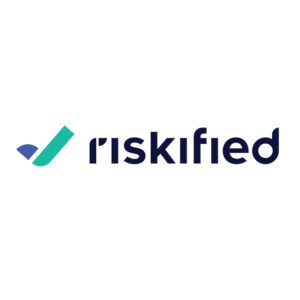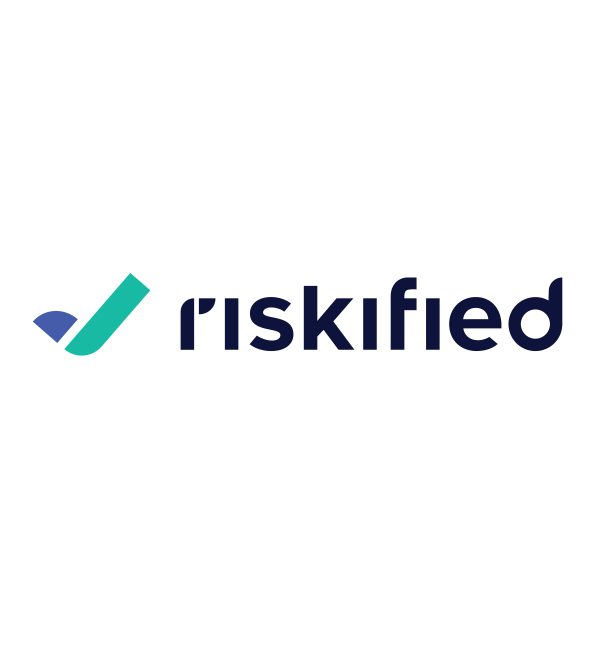Crime pays (a lot), according to Riskified data. Our recent analysis of how fraudsters make money shows it takes just 90 minutes of work per week to reap returns from malicious activity — and with a $30k weekly investment, fraudsters can generate more than $50k in weekly revenue. Despite this easy payday, there’s plenty that merchants can do to stop eCommerce fraud and put fraudsters out of business.
Breaking Down the eCommerce Fraudster Business Model
From obtaining stolen credit card details to buying and deploying a shopping bot and checking and tweaking strategy, the daily tasks of an online fraudster are becoming easier. And with the emergence of new and easy ways to get the tools of the trade (Telegram, the dark web, etc.), running an advanced eCommerce fraud scheme is easier than you might think.
Riskified analyzed the ROI of fraud from the fraudster’s point of view and the financial and time investment needed to commit fraudulent activities. This analysis is based on insights and data gathered from the Riskified platform, which has reviewed over 2.5 billion transactions worldwide.
Risks and Rewards: Behind the Scenes of Fraudster Profitability
Buying credit card details is not only quick and easy these days, it’s also pretty cheap. It only takes about five minutes and costs about $5 per fraudulently purchased card on the dark web. You can find Telegram channels that make it even easier to access stolen credentials directly via a smartphone.
Some fraudster tools are available on a subscription basis, such as a shopping bot ($20 /month) or VPN service ($30/month).
Alongside revenues from stolen goods, successful fraudsters make money by selling their successful fraud methods to other bad actors. When they find a loophole, a fraudster can sell the tip to others who will exploit it as long as they can.
All of this means fraud is a profitable business. With a weekly $30k investment in buying stolen credentials and tools (and just 90 minutes of actual computer work), the average fraudster can scam a gross of $50k and net more than $20k in weekly profit. That’s nearly a million dollars in a year.
The Mainstreaming of eCommerce Fraud
eCommerce fraud activity has increased in recent years, likely due to a volatile economic climate that makes fraud appealing as a source of supplemental income.
Fraud is also increasing in the public domain and becoming more mainstream, partly because of large streaming platforms making malicious activity seem attractive.
Complicating matters, fraud patterns are rarely steady and regular. Fraud generally appears as a sudden and unexpected spike that indicates a fraudster has found a security loophole and is exploiting and sharing it to the max until it doesn’t work anymore. Plus, when fraud is realized, chargebacks have piled up, and fraudulent orders have been approved.
How Furniture Retailers Can Counter the Trend: Squash Fraudster Profits with eCommerce Fraud Prevention Solutions
With the tools and techniques of fraud readily available to just about anyone, furniture retailers are under threat of fraud more than ever before. They must invest in models that stay ahead of changes in the fraud landscape and continuously prevent fraud before it harms the business.
At the heart of those models is high-quality, network-wide data paired with machine-learning technology, allowing furniture retailers to maintain holistic visibility into suspicious behaviors and get real-time alerts when anomalies occur.
The real-time aspects of machine learning are vital to any efficient risk management strategy because they permit the detection of multiple risk patterns, even from sophisticated fraud attacks. By linking a platform to a broader eCommerce network, it’s possible to identify fraudulent activity in the ecosystem before it strikes an individual furniture retailer – all without sacrificing approval rates or adding customer friction.
However, fraud cannot be stopped by technology alone. Patient fraudsters find cracks in automated systems every day. Expert judgment by human fraud teams is essential to supplement machine learning approaches, pinpoint new trends and suspicious behavior, and respond quickly and strategically to close loopholes. Humans are also best at calibrating models to business needs, so the ideal hybrid solution will comprise sophisticated data and models, experts to tailor the solution to your needs, and a way to tap into your knowledge of your business.
Learn more about what you need to prevent fraud by downloading the Fraud Prevention Buyer’s Kit. To learn more about real-time, adaptable solutions designed for today’s fraud environment or request a demo, contact the Riskified team












